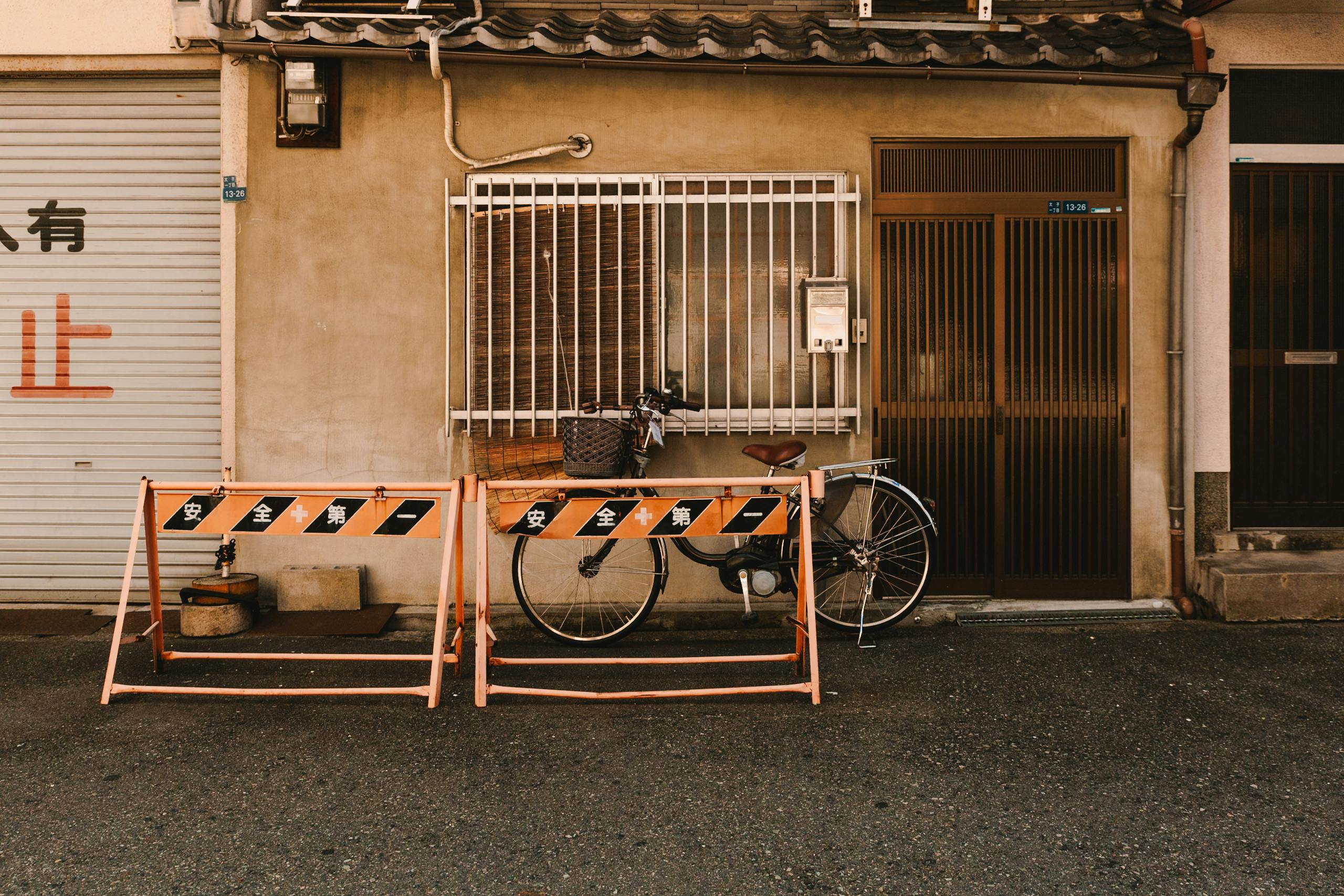Question About Waterproof Vinyl Flooring
I recently experienced a pipe burst in my attic, which caused a flood that lasted around 40 minutes before it was contained. Unfortunately, it has completely ruined the insulation in my attic, damaged all the ceilings in about 80% of my home, along with the walls and baseboards. The insurance adjuster from Farmers assessed the damage and believes the floors are waterproof vinyl, suggesting they sustained no damage and can simply be dried out. However, when they removed the baseboards, I noticed that the corners of the flooring are peeling up and there’s water underneath. This issue seems to be consistent throughout the entire house, with no breaks in the flooring. I’ve tried searching online but haven’t found any information that addresses this. Has anyone encountered a similar situation? Can vinyl flooring really escape damage in these circumstances? As a new homeowner, I’m not very experienced in these matters, so I appreciate any insights you can share! Thank you!




I’m sorry to hear about your flooding situation; that sounds incredibly stressful. While waterproof vinyl flooring is designed to resist water damage better than other types of flooring, it doesn’t mean it’s completely impervious to water. If the corners of your floors are peeling up and there’s water underneath, it suggests that the flooring may have absorbed some moisture or that water has pooled beneath it.
In cases like this, moisture can get trapped underneath the vinyl, leading to potential mold issues or damage to the subfloor. Even if the surface of the vinyl appears intact, the underlying layers could be compromised.
It’s important to address this issue promptly. Here are a few steps you can take:
Consult a Professional: Hire a flooring or water damage restoration expert to assess the situation. They can provide guidance on whether the floors can be saved or if they need to be replaced.
Moisture Testing: A professional can conduct moisture testing to determine the extent of water damage beneath the flooring. This helps in making an informed decision about repair or replacement.
Document Everything: For insurance purposes, take pictures of the damaged areas and any visible signs of water under the flooring. This will be useful to discuss with your adjuster.
Communicate with Your Adjuster: Make sure to share your findings about the peeling corners and any concerns from professionals you consult. It’s important for your adjuster to understand the full extent of the damage.
If you’ve communicated these concerns to your adjuster and they still believe the floors are fine, it might be worth advocating for a more thorough investigation based on the evidence of water damage you’ve observed. Best of luck, and I hope your home is restored quickly!